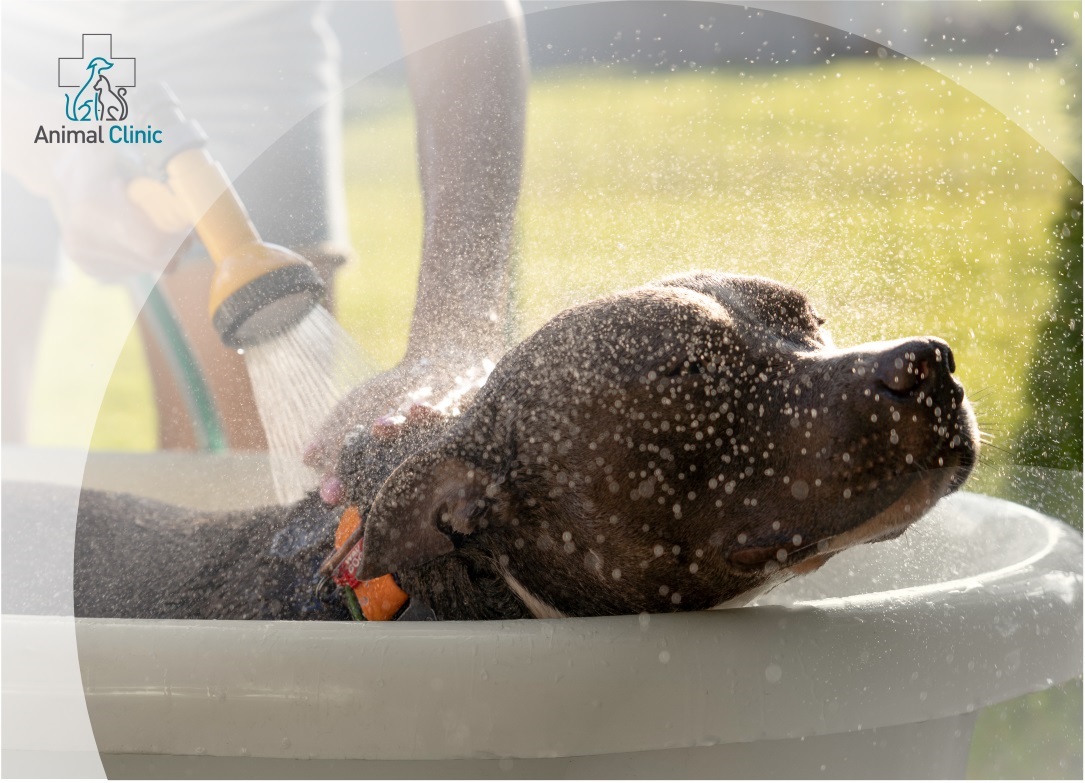- Main
- News and events
- How to Prevent Overheating and Provide First Aid if Symptoms Appear
How to Prevent Overheating and Provide First Aid if Symptoms Appear

Just like humans, pets can suffer from heat. Prolonged exposure to high temperatures can lead to dehydration and even be life-threatening. It’s essential to protect your pet from heatstroke or recognize the signs in time and provide first aid.
How to Protect Your Pet from Heatstroke
Dogs and cats can overheat due to extended time in the sun or in stuffy, unventilated spaces, a lack of drinking water, physical activity, or even just walking during extreme heat. Pet parents should follow these rules to prevent overheating:
- Walk your pet early in the morning or at sunset.
- Never leave them in a car — not even for 5 minutes.
- Postpone training and intense physical activity until cooler days.
- Use a flexible muzzle that allows your dog to open its mouth and pant.
- Change the water in the bowl twice a day and place extra bowls around your home.
- Keep windows closed during the hottest hours.
- Ventilate the room when the sun is not shining directly inside.
- Gradually cool the home using air conditioning.
- Spray your pet with lukewarm (not cold) water from a spray bottle.
- Choose a cool place on the floor for your pet to rest or use a cooling mat.
- If you live in a private home with a dog, a small kiddie pool can help them cope with the heat.
What to Do If Your Pet Overheats
Signs of heatstroke include lethargy, loss of appetite, labored breathing, poor coordination, a body temperature above 104°F (40°C), excessive drooling, and in severe cases — vomiting, unconsciousness, or seizures.
Here’s what to do:
- Move your pet to a shaded, cool surface.
- Provide fresh air — use a fan or air conditioner, but do not point it directly at the pet.
- Dampen their snout with cool water.
- If your pet is conscious but can’t drink on their own, use a needleless syringe: gently insert the tip between their teeth and slowly give small drops of water to prevent choking.
- Moisten their belly, armpits, and fur. Do not immerse your pet in cold water, as this can cause blood vessel spasms, hinder the return to normal body temperature, and potentially trigger heart failure.
- Monitor your pet’s temperature using a pet-safe thermometer (not by touching the nose). Aim to reduce the temperature gradually within an hour to at least 103.1°F (39.5°C), ideally to 102.2°F (39°C).
Even if your pet appears to recover, bring them to Animal Clinic immediately for a full examination. The effects of overheating can develop over the next 5 days.
